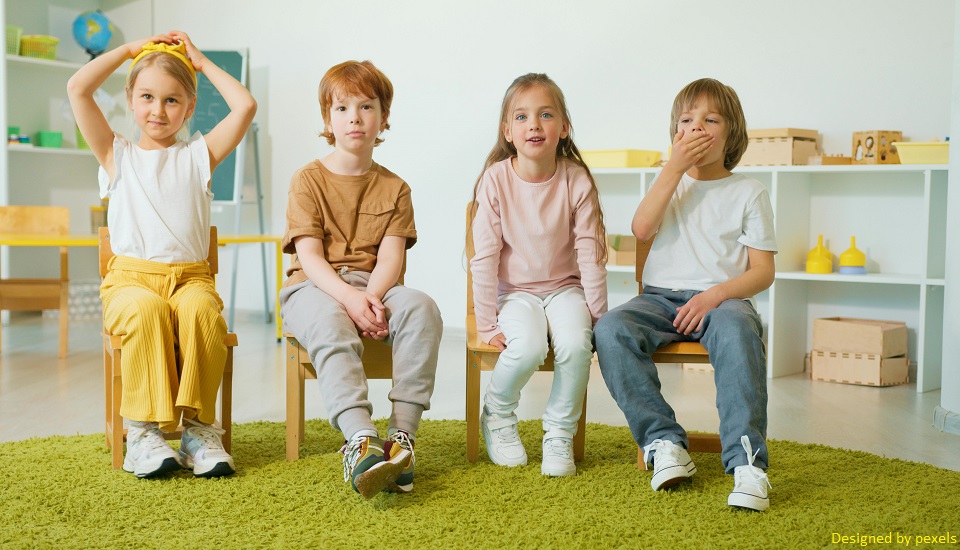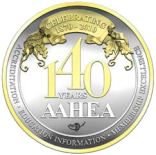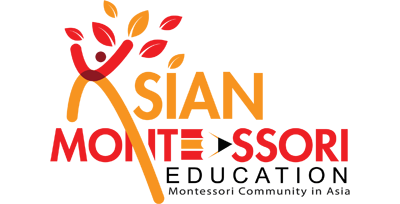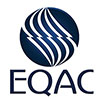Make Learning Fun with Realia: Practical Ideas for Teachers
27th December 2024

Do you want to make the learning experience fun and engaging for your students, but you are struggling to think how you can achieve it?
Then, the Realia teaching tool is the perfect solution for you. It involves using real-life objects, materials, or artifacts in teaching, which can transform a classroom into a hub of fun and engagement. This innovative method not only improves students' learning experiences but also helps them form deeper connections between lessons and the real world.
By using tangible items, realia stimulates curiosity, encourages active participation, and taps into students' senses, making learning adventures far more memorable and impactful.
Let's dive into how realia can turn routine lessons into captivating explorations!
What is Realia?
Realia refers to the use of real-life objects or materials in the classroom setting to enhance learning experiences. This approach allows students to engage tangibly and visually with the subjects they are studying. By incorporating real items into lessons, educators provide students with the opportunity to use their senses- touch, sight, and sometimes even smell, to gain a more profound understanding of the material.
Whether it’s a science teacher bringing in rocks and minerals for an Earth science lesson or a language teacher using menus and tickets to teach a new language, realia makes abstract concepts more relatable and easier to grasp.
Do you follow us on Social Media? If not, then you’re missing out on a lot of informative content. We regularly share upgraded educational content, tips, feedback, and more. Check us out by clicking the profiles here – Facebook / Twitter / LinkedIn / Pinterest / Instagram / YouTube
Examples of Realia Used in Classrooms
Examples of realia in the classroom are as diverse as the subjects they aim to teach. In language classes, teachers might use restaurant menus, travel brochures, or currency to illuminate vocabulary and context.
Science instructors may bring in plants, insects, or tools to demonstrate biological processes or mechanical principles. History educators might utilize artifacts, such as old coins, maps, or clothing, to bring historical events to life. These real-world items create an engaging, multisensory learning environment that turns abstract ideas into concrete knowledge.
Benefits of Using Realia in Learning
Let’s get to explore some of the key benefits of using Realia in the learning journey of your learners.
- Enhances Student Engagement and Motivation
Nothing quite captures a student's attention like having the physical object in hand! Realia turns passive learning into an active experience. When students can handle and explore real items, they are more invested in the learning process. This hands-on approach not only piques curiosity but also motivates students to explore further. The excitement of discovering and handling new materials often translates into increased participation and enthusiasm in class.
- Improves Memory Retention and Comprehension
Using realia effectively improves students’ retention and comprehension of information. Engaging with real objects helps forge strong mental connections, making it easier for students to recall the information later. By involving multiple senses during the learning process, realia supports the deeper processing of information, which enhances memory retention and understanding. This multisensory experience helps crystallize abstract concepts into something tangible and memorable.
- Connects learning to real-world contexts
One of the most significant benefits of realia is how it connects classroom learning to the real world. Students can see how the concepts they study play out in everyday scenarios, making education relevant and practical.
For example, using grocery store flyers in math lessons can help students practice addition and subtraction by calculating total costs. By illustrating how lessons apply outside the classroom, realia shows students the value and applicability of their education, encouraging them to engage with their learning more deeply.
Creative Ways to Incorporate Realia in Teaching
Let’s get to know some of the creative ways of incorporating Realia in your teaching to improve the learning experience of your young learners.
- Using Everyday Objects to Teach Vocabulary
Did you know that teaching vocabulary can be as simple as using an apple or a coffee mug? Everyday objects are incredibly powerful tools for language learning. By presenting real-life items during your lessons, you can help students make direct connections between the words and their meanings.
For example, when learning the word "pen," passing around an actual pen allows students to see, touch, and understand its function, reinforcing their grasp of the vocabulary. This hands-on approach not only makes learning tangible but also enjoyable. Students are much more likely to remember words they've physically interacted with, creating memorable learning experiences.
- Integrating Cultural Artifacts for Cultural Lessons
Cultural lessons are vibrant and full of potential when you integrate realia like traditional clothing, musical instruments, or maps from different regions. Bringing cultural artifacts into the classroom immerses students in the culture being studied, sparking curiosity and deepening understanding.
For example, displaying a kimono or playing the sound of a didgeridoo creates an immediate, sensory connection to Japanese or Australian indigenous cultures, respectively. This not only enriches the cultural context but also fosters empathy and appreciation for diverse traditions. Students become engaged learners, eager to explore the stories and significance behind each artifact.
- Designing Project-Based Activities with Realia
Project-based activities are an exciting avenue for utilizing realia to their fullest potential. Consider a project where students develop a mini-museum exhibit featuring various realia related to a historical period or scientific concept. This could include items like fossils for a lesson on paleontology or old coins and maps for a history project. By organizing, researching, and presenting their exhibits, students gain a deeper understanding of the subject matter.
They enjoy the process of inquiry and hands-on exploration, transforming abstract concepts into tangible experiences. This method not only boosts engagement but also develops critical thinking and collaborative skills.
Final Thoughts
Incorporating realia into the educational environment is akin to adding a splash of excitement and realism to the learning journey. Not only do real-life objects captivate students, they also make lessons unforgettable by creating tangible connections between abstract concepts and the real world. This method doesn't just impart knowledge, it ignites curiosity and boosts student engagement.
By utilizing realia, educators can transform the classroom into an interactive space where learning is both fun and meaningful. This approach and pursuing courses like Montessori Teacher Training Courses in Hong Kong helps bridge the gap between theory and practice, making learning an adventure rather than a chore.
So, let's embrace the power of realia and watch as it breathes life into every lesson, turning education into a vibrant and thrilling experience!












